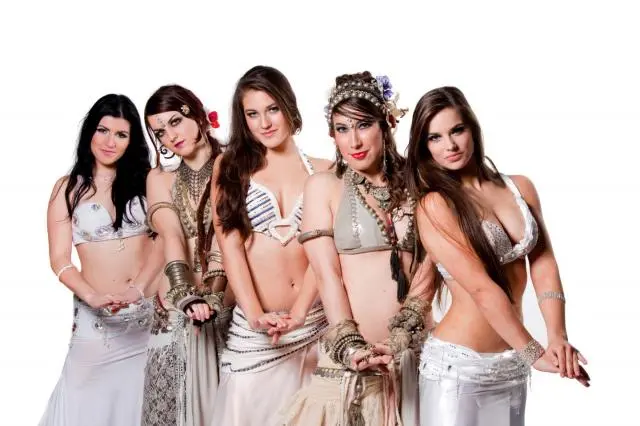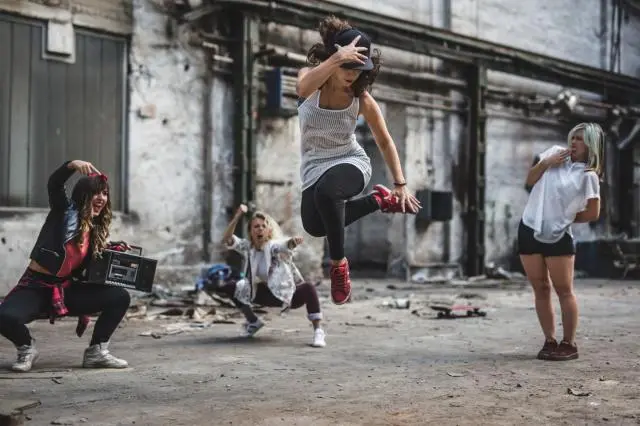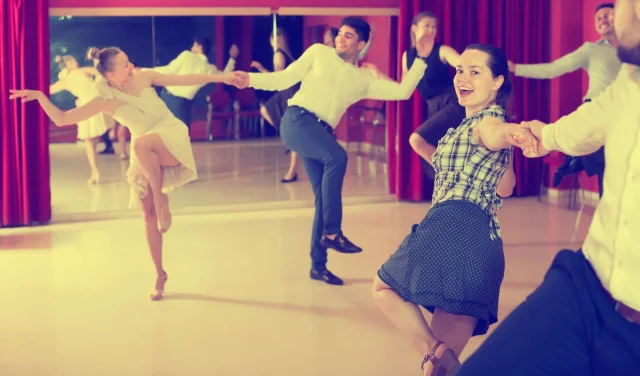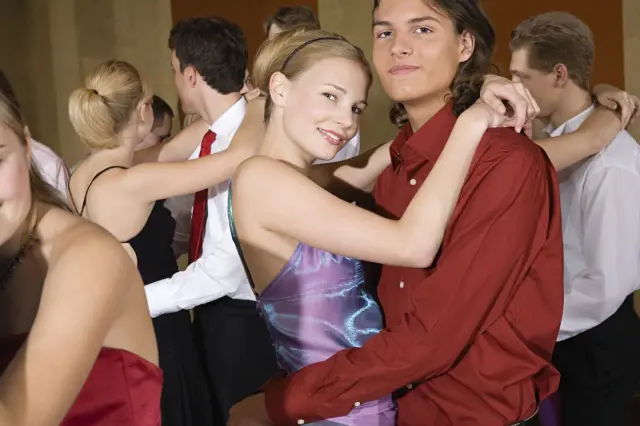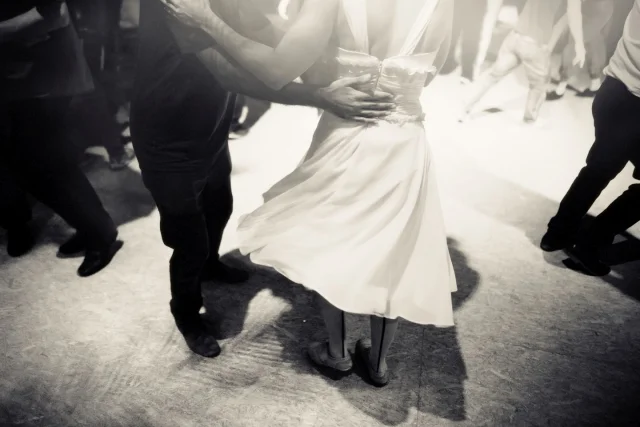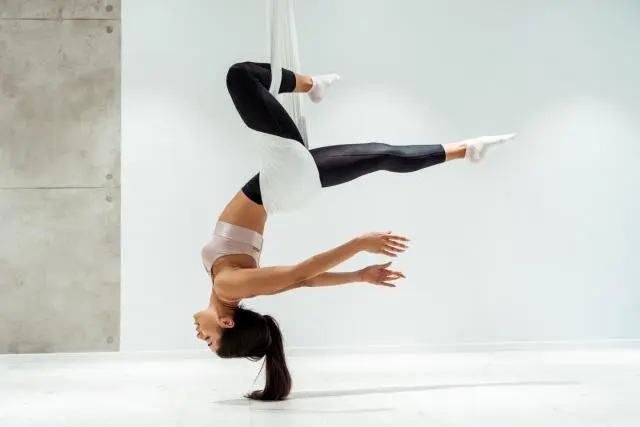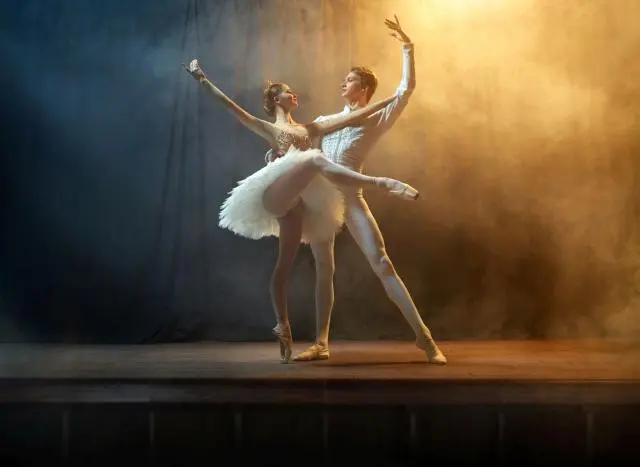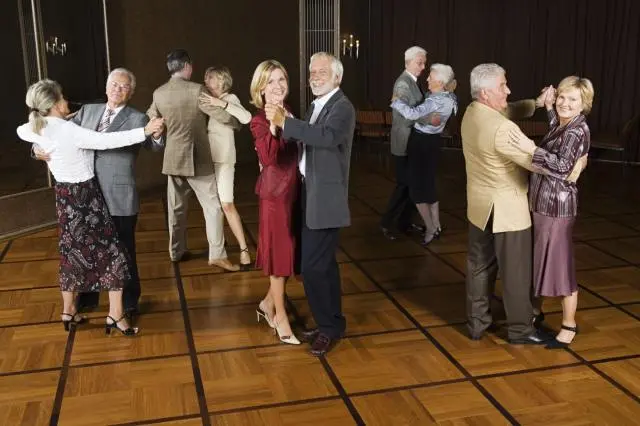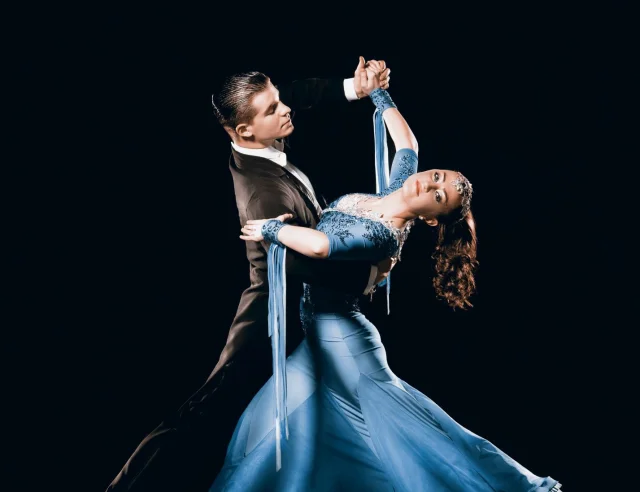
What you need to know about Tango
What is Tango (Standard) Dance?
Tango (Standard), often simply called Tango, is a ballroom dance that originated in the late 19th century along the Rio de la Plata, the natural border between Argentina and Uruguay. This dance style is characterized by its dramatic and passionate movements, precise steps, and a close connection between the dance partners. Tango (Standard) is distinguished from Argentine Tango by its more structured and formalized style, which is typically performed in ballroom dance competitions.
Tango (Standard) involves a combination of smooth, gliding movements and sharp, staccato steps. The dance is known for its striking poses and the intense connection between the dancers, which is expressed through their frame and posture.
How to Dance Tango (Standard)?
Dancing Tango (Standard) requires a good understanding of posture, frame, and the lead-follow dynamic. Here are some key elements to help you get started:
-
Posture: Stand tall with your shoulders back and chest lifted. Maintain a strong, yet relaxed posture throughout the dance.
-
Frame: Create a firm frame with your partner by holding your arms in a rounded position. The leader's right hand should be on the follower's back, while the follower's left hand rests on the leader's shoulder.
-
Connection: Maintain a close connection with your partner, often with the upper bodies touching lightly. This connection allows for better communication and synchronization of movements.
-
Footwork: Tango (Standard) involves precise footwork. Practice stepping with a heel lead, where the heel touches the floor first, followed by the rest of the foot.
-
Timing: Tango music typically has a 2/4 or 4/4 time signature. The basic rhythm consists of slow and quick steps, often described as slow-slow-quick-quick-slow.
Basic Steps of Tango (Standard)
Learning the basic steps of Tango (Standard) is essential for building a strong foundation. Here are some fundamental steps:
- The Basic Step:
- Leader: Step forward with the left foot, then right foot to the side, and close with the left foot. Follow with a backward step with the right foot, side step with the left foot, and close with the right foot.
- Follower: Mirror the leader’s steps, starting with the right foot backward.
- Forward and Backward Ochos: A series of pivoting steps resembling a figure-eight pattern.
- Leader: Lead the follower to pivot on one foot while stepping forward or backward in a circular motion.
- Follower: Pivot on one foot while tracing a figure-eight pattern with the other foot.
- Promenade: A movement where the partners step side by side.
- Leader: Step forward with the left foot, then right foot, leading the follower to move in the same direction.
- Follower: Mirror the leader’s steps, moving forward.
- Corte: A dramatic step where the leader steps back and the follower steps forward, creating a sharp stop.
- Leader: Step back with the right foot and lunge slightly.
- Follower: Step forward with the left foot into the leader’s space.
Top 10 Songs for Tango (Standard)
Music is crucial in Tango (Standard) as it sets the mood and rhythm. Here are ten popular songs perfect for Tango (Standard):
- "La Cumparsita" by Carlos Gardel - A classic and essential Tango piece.
- "El Choclo" by Ángel Villoldo - Another timeless Tango melody.
- "Por una Cabeza" by Carlos Gardel - Famous for its use in movies and its passionate rhythm.
- "Libertango" by Astor Piazzolla - A modern Tango piece with a powerful beat.
- "Adiós Muchachos" by Julio César Sanders - A nostalgic and melodic Tango.
- "Mi Buenos Aires Querido" by Carlos Gardel - Celebrates the spirit of Buenos Aires.
- "Tanguera" by Mariano Mores - A lively and energetic Tango.
- "A Media Luz" by Edgardo Donato - A romantic and smooth Tango.
- "El Día Que Me Quieras" by Carlos Gardel - A beautiful and emotive Tango.
- "Nostalgias" by Juan Carlos Cobián - A soulful and melancholic Tango.
Styles of Tango (Standard)
Tango (Standard) encompasses various styles, each with its unique characteristics:
- Salon Tango: Known for its elegance and smooth, gliding movements. It’s often danced in social settings.
- Milonguero Tango: A close embrace style with compact steps, ideal for crowded dance floors.
- Tango Nuevo: Incorporates elements of modern dance and emphasizes fluidity and improvisation.
- Show Tango: A performance-oriented style with dramatic poses and lifts.
History of Tango (Standard)
The history of Tango (Standard) dates back to the late 19th century in Buenos Aires, Argentina. It originated in the working-class neighborhoods, where African, European, and indigenous influences merged to create this unique dance. Tango gained popularity in the early 20th century, spreading to Europe and North America.
In the 1920s, Tango became a sensation in Paris, which helped it gain international recognition. Over the years, Tango evolved, and different styles emerged. Tango (Standard) developed as a ballroom version, with more structured and formalized movements suitable for competitive dance.
Health Benefits
Tango (Standard) offers numerous health benefits:
- Physical Fitness: Dancing Tango improves cardiovascular health, strength, and flexibility.
- Coordination and Balance: The precise steps and movements enhance coordination and balance.
- Mental Health: Tango reduces stress, improves mood, and provides a sense of accomplishment.
- Social Interaction: Dancing with a partner fosters social connections and improves communication skills.
- Cognitive Function: Learning and memorizing dance routines enhances cognitive abilities.
Outfit for Tango (Standard) Dance
The right outfit is essential for comfort and ease of movement in Tango (Standard). Here are some tips:
- Comfortable Clothing: Choose clothing that allows free movement, such as a fitted dress or skirt for women and dress pants and a shirt for men.
- Dance Shoes: Wear shoes with a smooth sole for easy pivoting and adequate support. Women often wear heels, while men wear dress shoes.
- Layering: Depending on the dance environment, layering can help you adjust to the temperature.
- Accessories: Keep accessories minimal to avoid any distractions or discomfort while dancing.
Conclusion
Tango (Standard) is a captivating and elegant dance form that offers a unique combination of physical, mental, and social benefits. Whether you are a beginner or an experienced dancer, Tango provides endless opportunities for personal growth and enjoyment. Find your dance partner on Lets-Dance and start your journey into the passionate world of Tango.
Enjoy the dance!
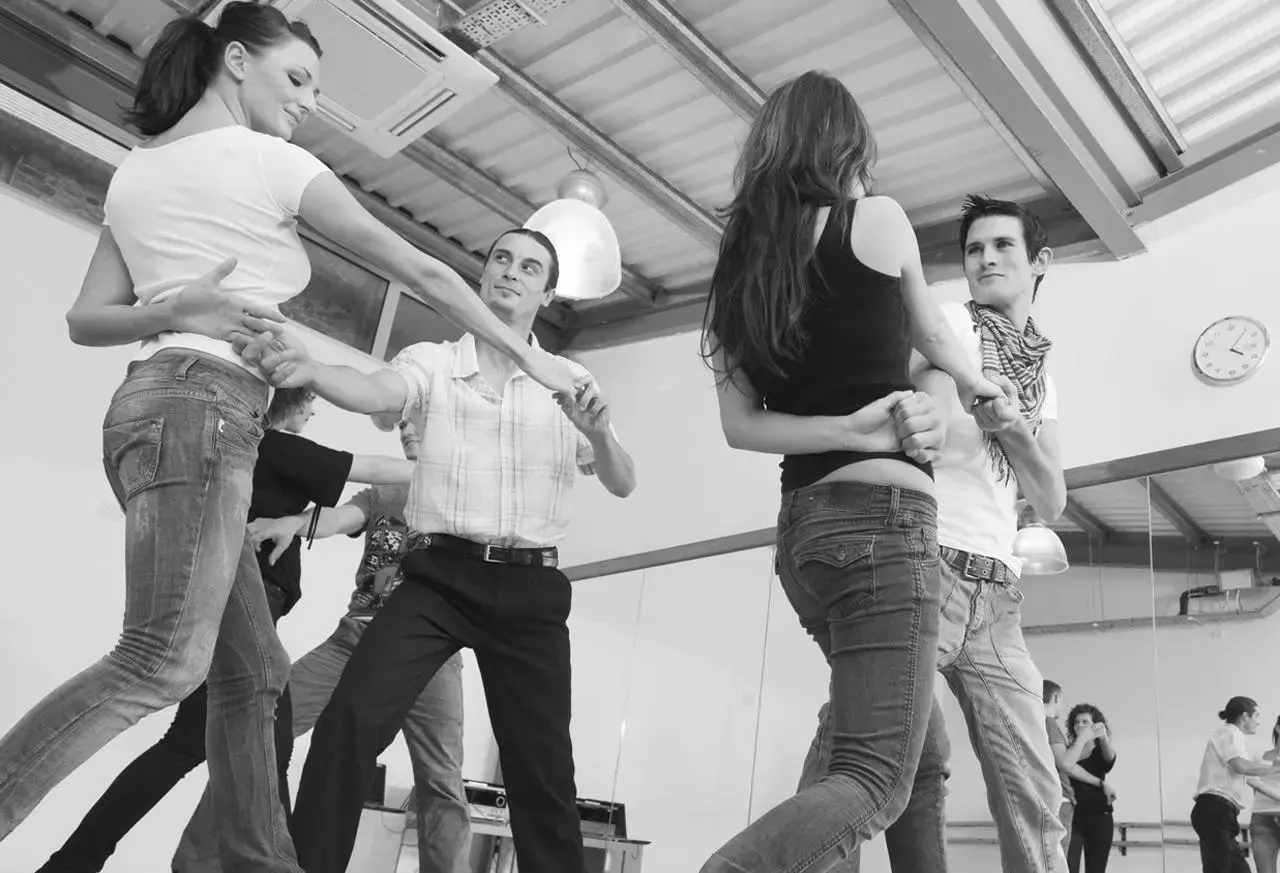
Create your dance profile on Lets-Dance
Dancewear, shoes & accessories
Register your dance school
Popular blog posts about dancing

